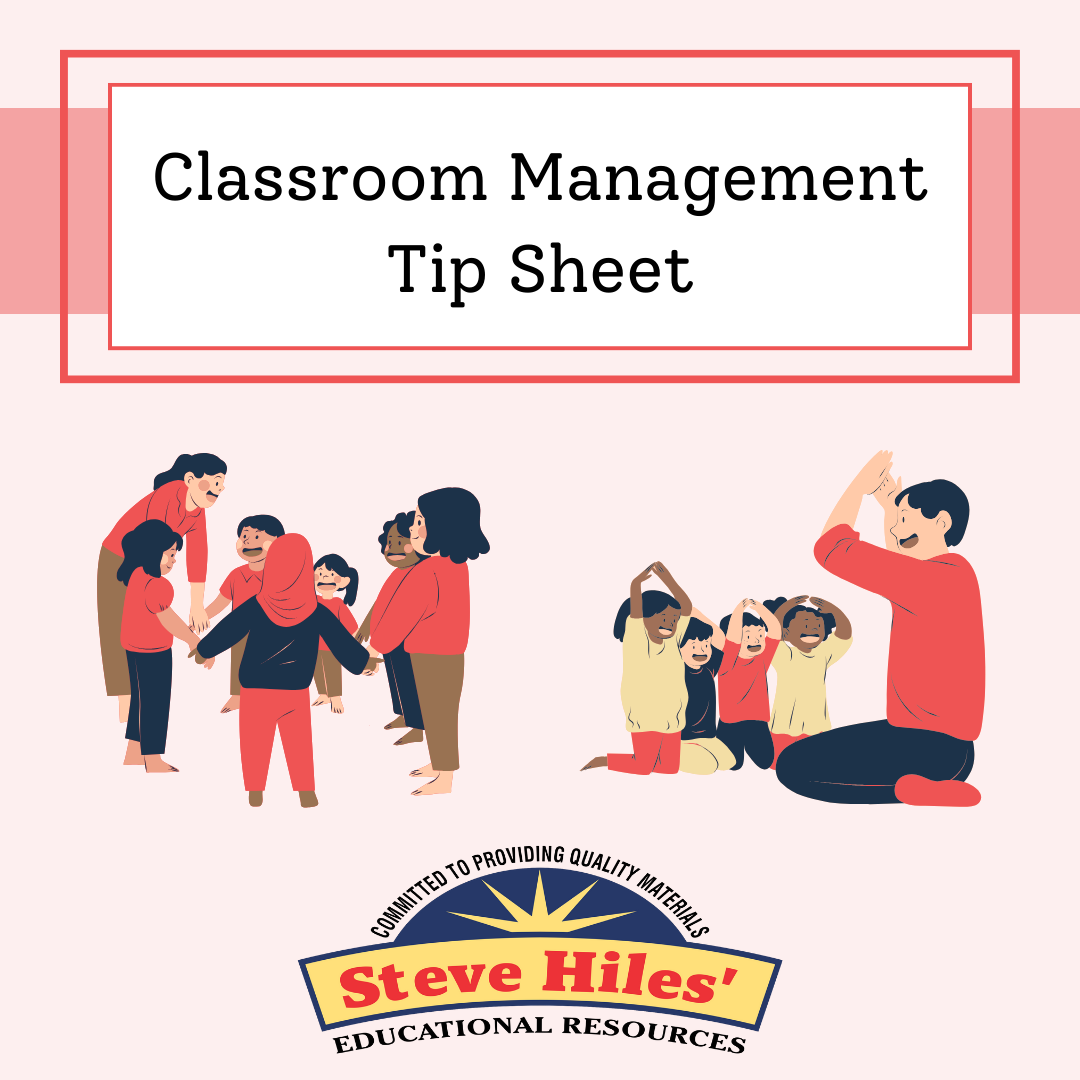Picture this: You Walk into your classroom, and instead of chaos, there’s a sense of order. Your students are engaged, respectful, and know exactly what’s expected of them. Sounds like a dream, right? Well, today, I’m going to show you how to make that dream a reality with practical, no-nonsense strategies for classroom management that truly work. Stick with me, and by the end of this episode, you’ll have the confidence and tools to create a classroom environment that practically runs itself.
Classroom management isn’t just about keeping students quiet or making sure they sit in their seats. It’s the foundation for everything that happens in your classroom. Without structure and expectations, even the best lesson plans fall apart. When students know the boundaries and trust that their teacher is in control, they feel safe—safe to participate, safe to take academic risks, and safe to be themselves. A well-managed classroom isn’t about power; it’s about creating an atmosphere where learning thrives.
Now, why should you listen to me? Well, I’ve been in the trenches. I started teaching in 1995, and like most new teachers, I struggled with behavior management early on. But through years of trial, error, and success, I’ve developed proven strategies that not only work but are easy to implement. I’ve also written a book on the topic, created teacher coaching programs, and helped many educators transform their classroom management skills. So, trust me when I say: If I can do it, so can you!

Table of Contents
Toggle[Step 1: Set Clear Expectations]
One of the biggest mistakes teachers make is assuming students already know how to behave. Don’t assume—teach! From day one, be crystal clear about what you expect. Use simple, direct language, model behaviors, and practice them. For example, if you want students to raise their hands before speaking, demonstrate what that looks like and have them practice. Reinforce these expectations consistently, and soon, they’ll become second nature to your students.
[Step 2: Establish Routines & Procedures]
Ever wonder why some classrooms run like well-oiled machines while others feel like herding cats? The answer is routines. Every part of your day should have a procedure—from how students enter the room to how they ask for help. The more predictable your routines, the smoother your classroom will function. Take the time to teach, model, and practice these procedures until they become automatic.
[Step 3: Build Relationships First]
Here’s the truth: Kids don’t learn from teachers they don’t trust. Classroom management is so much easier when students respect and connect with you. Greet them at the door. Learn their interests. Show them you care beyond academics. When students feel valued, they’re more likely to follow your lead, and discipline issues decrease naturally.
[Step 4: Use Positive Reinforcement]
Catch them being good! Positive reinforcement is one of the most effective ways to encourage desired behavior. Instead of constantly pointing out what students are doing wrong, highlight what they’re doing right. A simple, “I love how you’re all sitting quietly, ready to learn,” goes a long way. Incentives don’t have to be elaborate—a verbal compliment, a sticker, or a positive note home can be powerful motivators.
[Step 5: Address Issues Immediately & Consistently]
One of the quickest ways to lose control is by letting small misbehaviors slide. If you ignore disruptions, students will push the boundaries. Address problems the moment they arise but do so calmly and consistently. Use a firm but fair approach. Correct behavior without embarrassing the student and always follow through with consequences when needed.
[Step 6: Use Proactive Strategies, Not Just Reactions]
Great classroom management isn’t just about reacting to problems—it’s about preventing them before they happen. Use strategies like proximity (standing near off-task students), non-verbal cues (eye contact, hand signals), and structured transitions to keep students engaged and on task. The more proactive you are, the fewer disruptions you’ll have to deal with.
[Step 7: Keep Your Cool & Model Respect]
Students feed off your energy. If you’re calm and collected, they’ll mirror that. If you’re frazzled, they’ll pick up on it. Even when dealing with challenging behaviors, stay composed. Address students with respect, and they’ll learn to respond in kind. Remember, you’re not just managing a classroom—you’re teaching students how to interact with others respectfully.
[Step 8: Make Learning Engaging]
Bored students are disruptive students. When lessons are engaging, students are naturally more focused. Use movement, discussions, and interactive activities to keep them interested. The more involved they are in learning, the less likely they are to misbehave.
[Step 9: Have a Plan for Difficult Situations]
Even with the best strategies, you’ll encounter tough moments—defiance, power struggles, or off-the-wall behaviors. Have a plan. Whether it’s using a calm-down area, offering choices, or implementing logical consequences, be prepared. The key is consistency. If students know you handle disruptions fairly and predictably, they’ll be less likely to test the limits.
[Step 10: Reflect & Adjust]
Great classroom managers reflect on what’s working and what’s not. If something isn’t effective, tweak it. Classroom management is dynamic, and every group of students is different. Stay flexible, learn from experience, and continually refine your approach.
So, there you have it—classroom management made easy! It’s all about setting clear expectations, establishing routines, building relationships, and staying consistent









